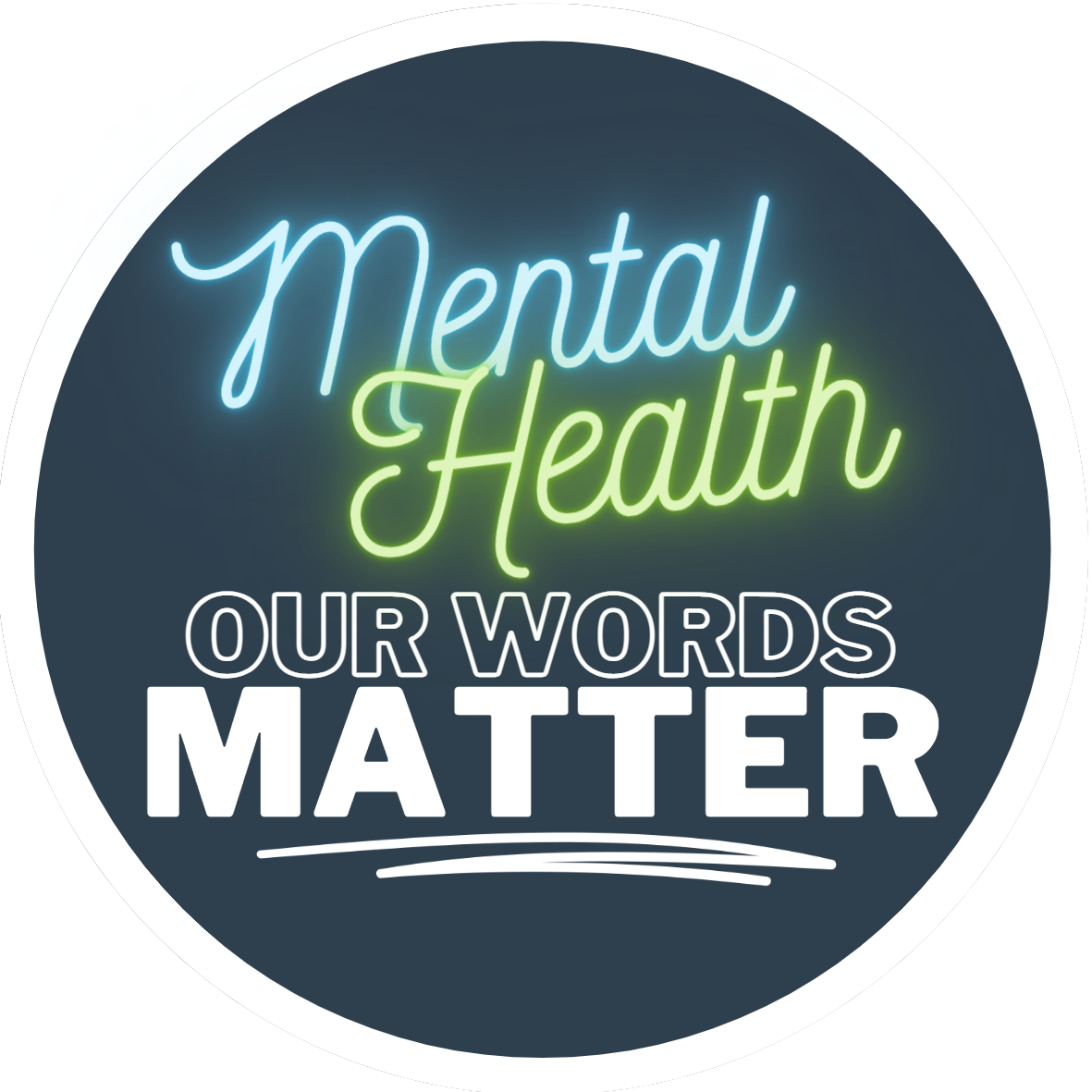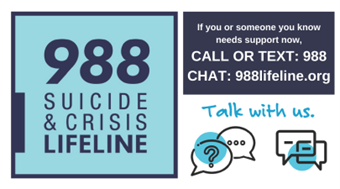Crisis Response & Intervention

Student Services for Crisis Response!
WS/FCS has a district-wide Mental Health Crisis Response Team that can assist staff at a school in the event of a crisis situation. This large team is divided into four small teams that are dispatched to schools in need through a standardized process in Student Services.
Tips on Starting the Conversation
Provide empathetic responses. Validate their feelings and experiences by expressing empathy and understanding. You can say things like, "That sounds really difficult," or "I can imagine how overwhelming that must be for you."
Avoid judgment and criticism. It's important to create a non-judgmental and safe environment where they feel comfortable opening up. Refrain from criticizing their thoughts or actions, as this can make them feel defensive or misunderstood.
Reassure them that they are not alone. Let them know that you are there to support them and that they don't have to face their struggles alone. Offer reassurance by saying things like, "I care about you and want to help," or "We'll get through this together."
Encourage professional help. While it's important to lend a listening ear, remember that you are not a mental health professional. Encourage them to seek professional help and offer assistance in finding appropriate resources. You can say, "I think it would be helpful for you to talk to a professional about this. I can help you find someone if you'd like."
Ask about their support network. Inquire about their existing support system, such as friends, family, or other trusted individuals. Encourage them to reach out to these people for additional support. Offer suggestions like, "Have you talked to anyone else about what you're going through? They might be able to provide some guidance or comfort."
Stay calm and composed. It's essential to remain calm and composed during the conversation, even if you feel overwhelmed or uncertain. Your emotional stability can help create a sense of safety and stability for the person you're speaking with.
Follow up and check-in. After the conversation, follow up with them to see how they're doing. Let them know that you're still there for them and genuinely interested in their well-being. Regularly checking in can show that you care and provide ongoing support.
Remember, if someone is expressing immediate danger or has a plan for self-harm, it's crucial to take the situation seriously and involve emergency services or contact a helpline in your country right away.
"Connection is suicide prevention for all ages".
Jim Baker
Eight common myths about suicide
Myth 1: Talking about suicide increases the chance a person will act on it.
Myth 2: People who talk about suicide are just seeking attention.
Myth 3: Suicide can't be prevented.
Myth 4: People who take their own lives are selfish, cowards or weak.
Myth 5: Teenagers and college students are the most at risk of suicide.
Myth 6: Barriers to bridges, safe firearm storage and other actions to reduce access to lethal methods of suicide don't work.
Myth 7: Suicide always occurs without warning.
Myth 8: Talk therapy and medication don't work.
988 Suicide & Crisis Lifeline (The National Suicide Prevention Lifeline at 1-800-273-TALK)
Crisis Hotline (Text “Brave” to 741-741 to the Crisis Text Line)
Disaster Distress Helpline (1-800-985-5990 and texts of “TalkWithUs” to 66746)

